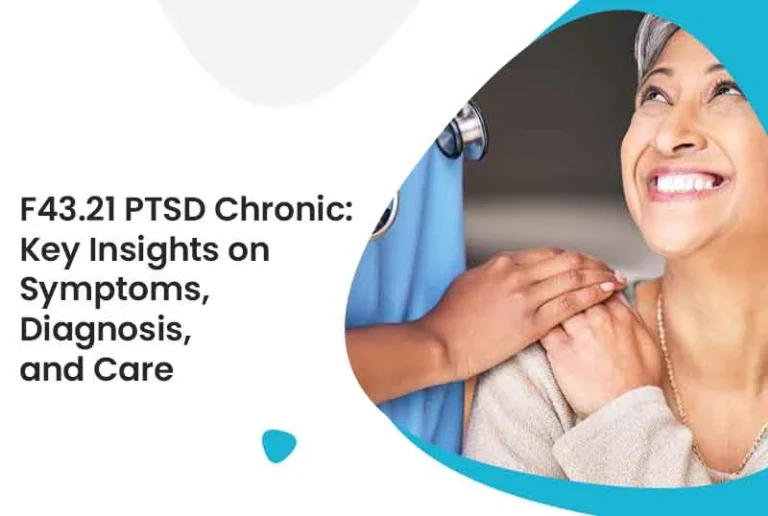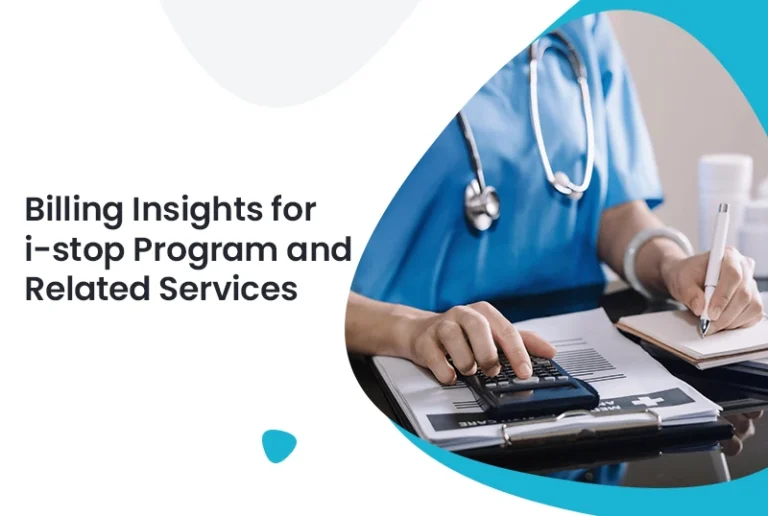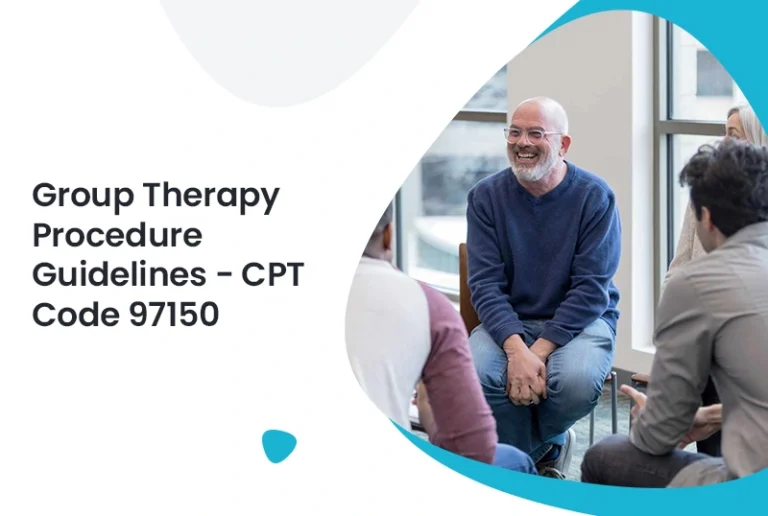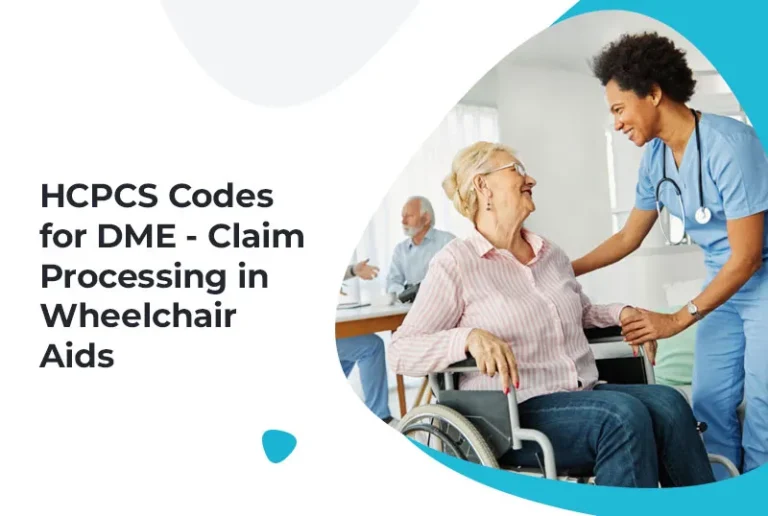Unexpected medical bills can feel overwhelming, especially when the charges don’t match what you expected. Many patients search for guidance on how to dispute a medical bill, and the process becomes far less stressful once the steps are understood. Studies show that nearly 80 percent of medical bills include errors, and three out of four disputes result in corrections.
A recent JAMA Health Forum analysis found that people who reported billing mistakes often had them corrected, and many received adjustments, payment plans, or lower charges. With the right information, patients can challenge inaccuracies confidently and protect themselves from paying more than they should. This guide explains how billing errors happen, how to review medical documents, and the exact steps to resolve incorrect charges.
Understanding Your Medical Bill
The first step in resolving any billing problem is understanding your bill. Many people look for the dispute meaning in medical billing because the process feels unfamiliar. A dispute means you are formally questioning one or more charges that appear incorrect. Before filing any dispute, go line by line through the document. Notice each service, medication, supply, adjustment, and date. Every detail helps you understand what happened and what may need correction.
Insurance documents also matter. Review your Explanation of Benefits, often called an EOB. This document shows what insurance covers, what it adjusts, and what portion you must pay. Matching the EOB with your bill helps you spot differences. If the two do not match, there may be an error that requires billing resolution.
Why Billing Errors Happen
Billing mistakes happen for many reasons. Sometimes a single incorrect code changes the total amount by hundreds or thousands of dollars. Small clerical errors can lead to large overcharges. Additionally, busy billing departments may overlook adjustments or fail to apply insurance discounts. Because of these challenges, people often need guidance on how to report incorrect medical billing. A simple review may reveal duplicate charges or services that do not match your medical records. These mistakes are common, and identifying them can prevent unnecessary expenses.
Getting an Itemized Bill
Always request an itemized statement before taking further action. A general summary does not provide enough detail to detect problems. An itemized bill lists each code, description, and charge. With this information, you can spot potential errors such as unbundled services or incorrect codes. Many hospitals must provide this breakdown within thirty days of a request. This statement is one of the most important documents in the dispute process because it shows exactly how the total amount was created.
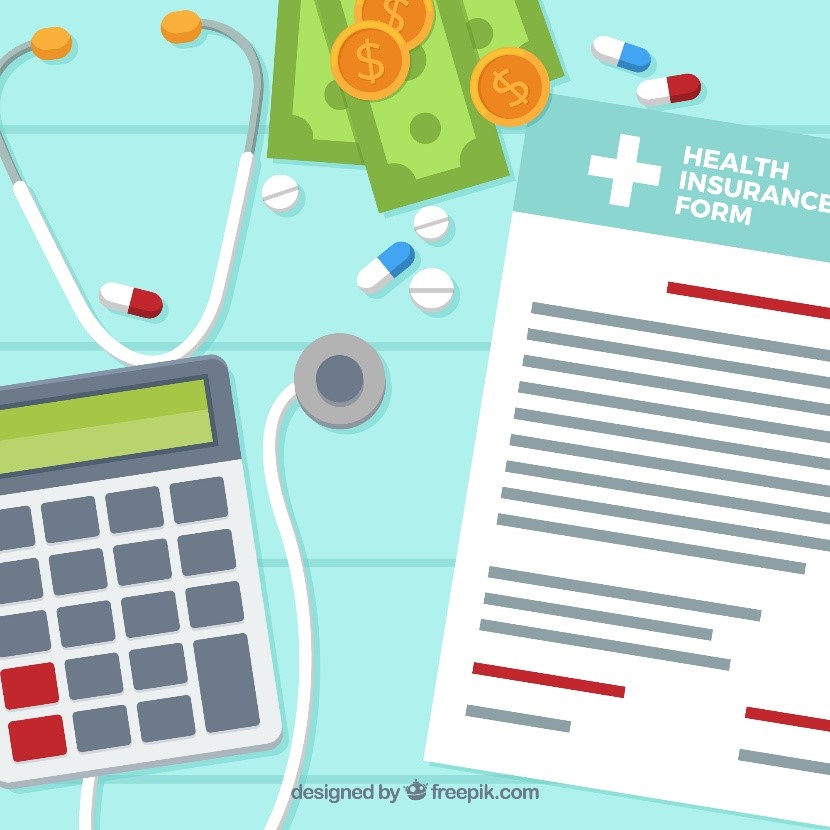
Patients often discover issues such as duplicate charges or medication fees for items never received. Some find that a code reflects a procedure they never had. These problems require immediate attention. Identifying them early helps you prepare for the next steps.
Common Billing Errors and How to Spot Them
Several types of errors appear frequently in medical bills. Understanding them helps you identify issues before they grow into larger problems.
Duplicate charges show the same test or procedure more than once on the same day. Unbundling happens when a provider splits a package of related services into separate charges. Upcoding occurs when you are billed for a more expensive service than the one performed. Unrendered services appear when you are charged for something you never received. Additionally, incorrect patient information can cause denied claims or coverage gaps.
Step-by-Step Guide on How to Dispute Medical Bills
People often search for guidance on how to dispute medical bills, especially when charges seem unclear or overwhelming. The following steps outline a straightforward process.
Step 1: Review Every Document Carefully
Start by comparing your itemized bill with your Explanation of Benefits. Look for mismatched amounts, missing adjustments, or denied claims that should have been covered. Since billing errors appear frequently, this first review often reveals the main issue.
Step 2: Look for Specific Errors
Take time to identify potential mistakes. Pay attention to dates, codes, and descriptions. You may discover problems with coding, duplicate charges, or incorrect service details. These findings form the basis of your dispute.
Step 3: Contact the Provider’s Billing Department
Call the billing department once you know what appears incorrect. Many people feel nervous about this step, but communication is important. Explain each issue clearly and reference specific codes or dates. Ask how the provider handles corrections and request written confirmation of any changes.
During this first conversation, ask the provider to place your bill on hold while the dispute is reviewed. This prevents the account from moving to collections while the issue is being resolved.
Step 4: Contact Your Insurance Company If Needed
Some issues relate to insurance coverage rather than provider billing. For example, a claim may have been denied by mistake or processed incorrectly. Insurance companies often correct these errors when they receive the proper documentation. Because they also want to avoid unnecessary expenses, they may investigate errors that increase costs for both sides.

Step 5: File a Formal Dispute
If your provider or insurer does not correct the issue, you may need to file a formal dispute. This step often involves a detailed letter describing the error, why it is incorrect, and what change you are requesting. Include copies of your itemized bill, EOB, medical records, and any notes from previous conversations. Send your dispute through a method that provides proof of delivery. Most organizations must respond within a reasonable timeframe.
Essential Documentation for a Strong Dispute
Proper documentation strengthens your case. Organize the following items before sending your dispute:
- Itemized bill
- Explanation of Benefits
- Insurance policy details
- Medical records for the date of service
- Notes from every phone call
- Copies of any emails or letters
Having each document in order helps you communicate clearly and confidently. These records also support each step of the dispute.
How to Dispute a Medical Bill in Collections
Many people worry when they learn their bill has moved to collections, but disputes can still continue. Understanding how to dispute a medical bill in collections helps prevent further damage.
Debt collectors must verify the accuracy of any balance they attempt to collect. When you question a charge, the collector must provide proof. If the information is incomplete or incorrect, the account may be paused or returned to the provider. Because collection accounts affect credit, act quickly. People also search for guidance on how to dispute a medical collection, since timelines matter. Respond within the thirty-day verification window to protect your rights.
Legal Protections Under the No Surprises Act
The No Surprises Act provides important protections for patients facing unexpected bills. These protections apply to emergency services and certain out-of-network charges at in-network facilities. The law also requires a good-faith estimate for uninsured or self-pay patients. If a bill exceeds that estimate by four hundred dollars or more, the patient has the right to dispute it.
Understanding this law helps people challenge charges that do not follow the required guidelines. These protections also prevent many unexpected expenses.
Talking to Providers and Insurers Effectively
Clear communication helps disputes move forward faster. When speaking with billing staff or insurance representatives, stay polite and focused. State your concerns directly and reference specific parts of your bill. Take notes during every call, including names, dates, and what was discussed. Follow up with written messages when possible so you have a record.
If a representative promises a correction, ask for written confirmation. This step prevents confusion later and supports your position.
When to Escalate the Complaint
Sometimes disputes require higher-level review. If the billing staff cannot resolve your concern or deny your request without a reason, escalate the issue. Many organizations have supervisors or appeal departments who review complex cases. Provide your documentation, explain the situation, and request a complete review. People often achieve better results at this stage.
If your insurance appeal fails and you still believe an error exists, some states offer external review programs. These programs evaluate disputes independently.
Disputing a Bill with a Patient Advocate’s Support
Billing disputes can drain time and energy. For people who feel overwhelmed, patient advocates can step in. These professionals review bills, identify errors, negotiate with providers, and handle communication with insurers. Many advocates also prepare appeal documents and monitor deadlines. Their experience with billing codes and coverage rules often leads to strong results.
Because disputes succeed nearly three-quarters of the time, patient advocates can bring valuable support to the process. Their guidance helps many people manage medical costs with greater confidence.
Preventing Billing Problems in the Future
Although some errors are unavoidable, several steps help reduce future problems. Request itemized bills for every visit, keep copies of medical records, and track your insurance claims regularly. Use patient portals to review charges as soon as they appear. When you notice a discrepancy early, corrections are easier to complete. Understanding common billing terms and codes also helps you stay informed about your healthcare expenses.
Final Guidance
The process of how to dispute a medical bill may feel confusing at first, but each step becomes easier when patients have clear information in front of them. Many people recover significant amounts simply by asking questions, checking codes, and reviewing their documents carefully. Disputes often succeed because billing errors are more common than most expect.
For streamlined billing accuracy, dependable coding support, improved cash flow, and fewer denials, physicians can rely on Precision Hub’s inclusive medical billing and coding services.



